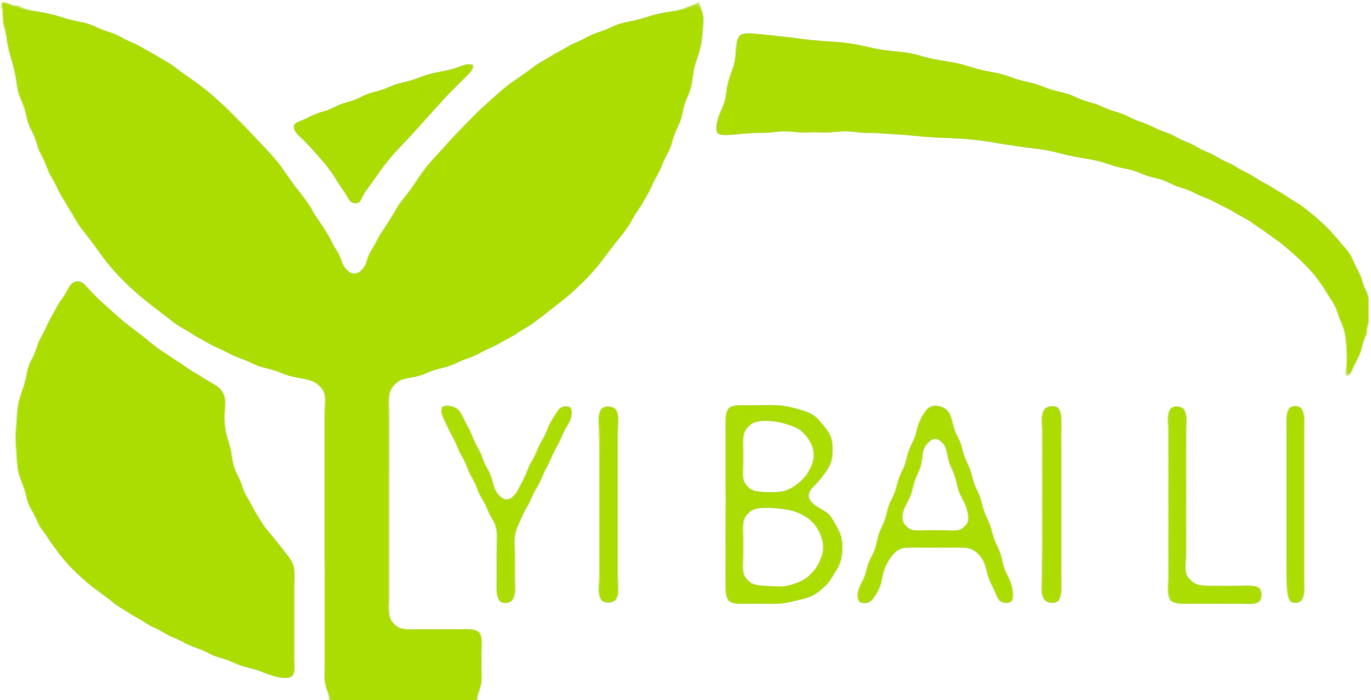If you're selling rice cakes, this is the packaging you should choose
Essential Features of High - Performance Packaging
These days, food packaging has to do a lot more than just hold the product. It needs to be a multi - functional solution. Think about rice cakes, which are a dry snack. They need to stay crispy. So, the packaging has to act like a really good shield against moisture. At the same time, it should also make it easy for consumers to control how much they eat. Advanced materials are coming to the rescue. Metallized films, for example, are great at blocking out moisture. And nitrogen - flushed containers are really effective too. They can keep the rice cakes in good condition for a long time, even during extended storage. This is important because it means the product can stay on the shelves longer without going bad.
Balancing Sustainability and Functionality
We've seen how important it is to have high - performance packaging for rice cakes. But now, there's another big factor to consider: sustainability. More and more consumers are becoming eco - conscious. This has led to a lot of innovation in packaging materials. There are now plant - based polymers and packaging made from recycled materials. These are great alternatives to traditional plastics. The good news is that they can still protect the rice cakes just as well. Food manufacturers have to think about the whole life of the packaging. They need to consider how it will affect the environment, but also how it will perform in the real world, like during transportation and storage. It's a tricky balance, but it's really important.
Cost - Effective Material Selection Strategies
Sustainability and functionality are key, but cost is always a concern for food manufacturers. They need to optimize their packaging budgets. To do this, they have to carefully look at how durable the materials are and how quickly the product will sell. Lightweighting techniques can be really helpful. By making the packaging lighter without sacrificing its protective qualities, they can save on material costs. Smart structural design also plays a role. It can reduce the amount of material needed. And if manufacturers can get bulk purchasing agreements for standardized packaging formats, they can save a lot of money. This is especially true if they can plan it around their seasonal production cycles and inventory management systems.
Innovations in Freshness Preservation Technology
Cost - effective material selection is important, but keeping the rice cakes fresh is also a top priority. That's where some really cool innovations come in. There are now active packaging solutions that are at the cutting - edge. Oxygen absorbers and humidity control agents are being built right into the container designs. Modified atmosphere packaging (MAP) systems are also making a big difference. They create special gas mixtures inside the package. This helps to stop the rice cakes from going stale. With these technological advancements, manufacturers can send their products to more places. They don't have to worry as much about the product losing its quality during transportation.
Enhancing Market Appeal Through Design
Freshness preservation is crucial, but if the packaging doesn't look good, consumers might not buy the product. Consumer psychology plays a huge role in whether a packaging design is successful or not. Things like the color scheme and the type of font used can really influence a consumer's decision to buy. Transparent window features are becoming more and more popular. They let the consumer see the rice cakes inside, which shows off the product's quality. Resealable closures are also a great addition. They fit in well with modern snacking habits, where people might not eat the whole pack at once. And now, digital printing technologies make it possible to customize the packaging. This is really useful for limited - edition runs or when targeting specific regional markets.
Regulatory Compliance in Food Packaging
Making the packaging look good and work well is important, but there are also rules that food manufacturers have to follow. Global food safety standards are really strict. They require a lot of testing of the packaging materials. This is to make sure there's no risk of chemicals migrating into the food or allergen contamination. Manufacturers need to stay up - to - date with all the regulations. These days, there are rules about recyclability labeling and disclosing what the packaging is made of. If they plan ahead and make sure they're compliant, they can avoid expensive product recalls. And being transparent with consumers about following these regulations can help build trust.
Future Trends in Snack Packaging
Complying with regulations is necessary, but the world of snack packaging is always changing. There are some really exciting emerging trends. Smart packaging technologies are on the rise. QR codes are being added to the packaging. This allows consumers to trace where the product came from. Augmented reality features are also being used to engage with the brand. Another area of development is in sustainable packaging. Edible coatings and nanotechnology - based barrier solutions are the next big things. Industry leaders are also investing in closed - loop recycling systems. The goal is to make the packaging lifecycle truly circular, which is great for the environment and the future of the snack packaging industry.

 EN
EN
 FR
FR
 JA
JA
 RU
RU
 ES
ES
 AR
AR
 BG
BG
 CS
CS
 DA
DA
 NL
NL
 FI
FI
 DE
DE
 EL
EL
 HI
HI
 IT
IT
 KO
KO
 NO
NO
 PL
PL
 PT
PT
 RO
RO
 SV
SV
 TL
TL
 ID
ID
 LT
LT
 SR
SR
 UK
UK
 VI
VI
 HU
HU
 TH
TH
 TR
TR
 FA
FA
 AF
AF
 MS
MS
 GA
GA
 EU
EU
 LA
LA
 NE
NE
 KK
KK
 UZ
UZ
